Michelle Teague and her husband, Jon Davidson, were two New Yorkers working in film production when a winter’s road trip through the high desert of West Texas changed everything.
Just as Donald Judd, James Turrell, and a collective of minimalist art devotees had done before them, Teague and Davidson were drawn to Marfa, Texas. As Teague says, “We got back to our little New York apartment and kept burning pinon incense to recreate our Marfa bungalow.” When the couple’s friend Liz Lambert called to ask for help building a teepee/trailer hotel (see Hotels & Lodgings: El Cosmico in Texas), Teague knew that “this was our escape to Marfa.” Once in Marfa, the couple, along with their son Jack Maverick, heard that an old dry goods store in town was up for rent, and JM Dry Goods (named after Jack Maverick) was born.
This past spring, on Cinqo de Mayo, Teague opened an Austin outpost focusing on goods from Mexico. Every six weeks, Teague features Mexicali textiles and pieces that directly support the livelihood of artists. The entire shop was designed by Teague and Davidson, who welded every bracket and light fixture. With shelving made from salvaged long leaf pine and whitewashed floors and ceiling, the shop is an instant gateway to Oaxaca by way of Texas.
Austin’s JM Dry Goods is located at 215 S. Lamar Street; for products listed below, contact JM Dry Goods for shipping and availability.
Photography by Michael A. Muller.

Above: Owner Michelle Teague says her personal style is “the same as when I was in my twenties running around the globe with a backpack and my white Levis, my handmade sash from Guatemala, a white tank top, and a straw hat. Third World backpacker grown up.” Teague is wearing her “magic huipile,” which she spotted hanging in a dark stairwell in the back of El Mano Magico, a tiny shop is Oaxaca City. “In June, I dutifully go to visit this dress and the woman in the shop says, ‘That is your dress, it has been waiting for you.’ Of course I bought it; how could I not?”

Above: Children’s embroidered Huipiles from the coastal region of Oaxaca; prices range from $28 to $44 each.

Above: A handmade Huipile from Mitla, Mexico ($140), hangs on the wall next to a navy and white-striped hammock from Brazil ($90).

Above: Copal incense, handmade in the Yucatan; $10 per bunch.
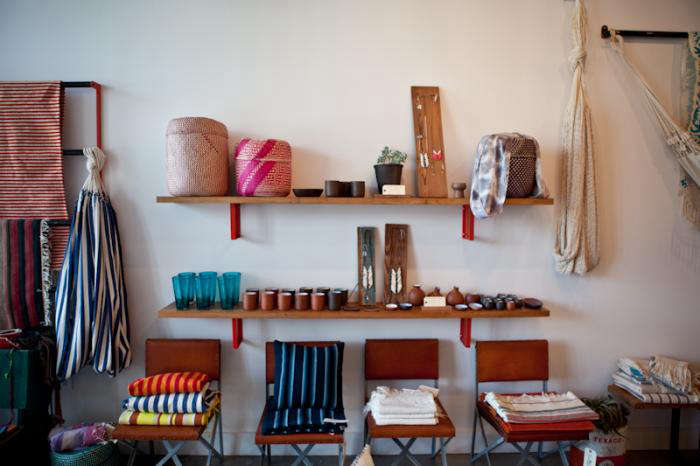
Above: A row of leather ranch chairs made in Marfa, Texas, by Silla ($550 each).

Above L to R: Oaxacan table runners ($68 each), Moroccan hand towels ($15 for the small and $55 for the large), and Chiapas pillow covers ($48 each).

Above: A Tenango coverlet ($300) made by the Otomi in the Eastern Sierra Madre in Hidalgo: “The animal and floral motifs are inspired by cave depictions and their intricate embroidery and vibrant dyes are an ancient Mexican traditional work of art,” Teague says.

Above: Jewelry made from hammock string and vintage peso coins by Yucatan-based artist Daniella Bustos Maya; prices range from $32 to $125 each.
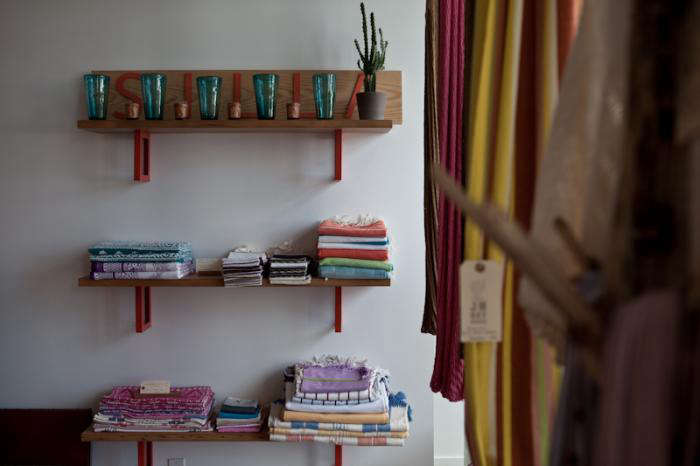
Above: Hand-blown blue glassware imported from Mexico; $10 each.

Above: An array of handwoven textiles from Mexico, Central, and South America.

Above: A purple Zapotec rug handwoven in Teotitlan del Valle in Oaxaca ($220), Leather lounge chairs for $1,600 by Silla, and baskets woven by the Triche women of Oaxaca (prices range from $18 to $68 each).
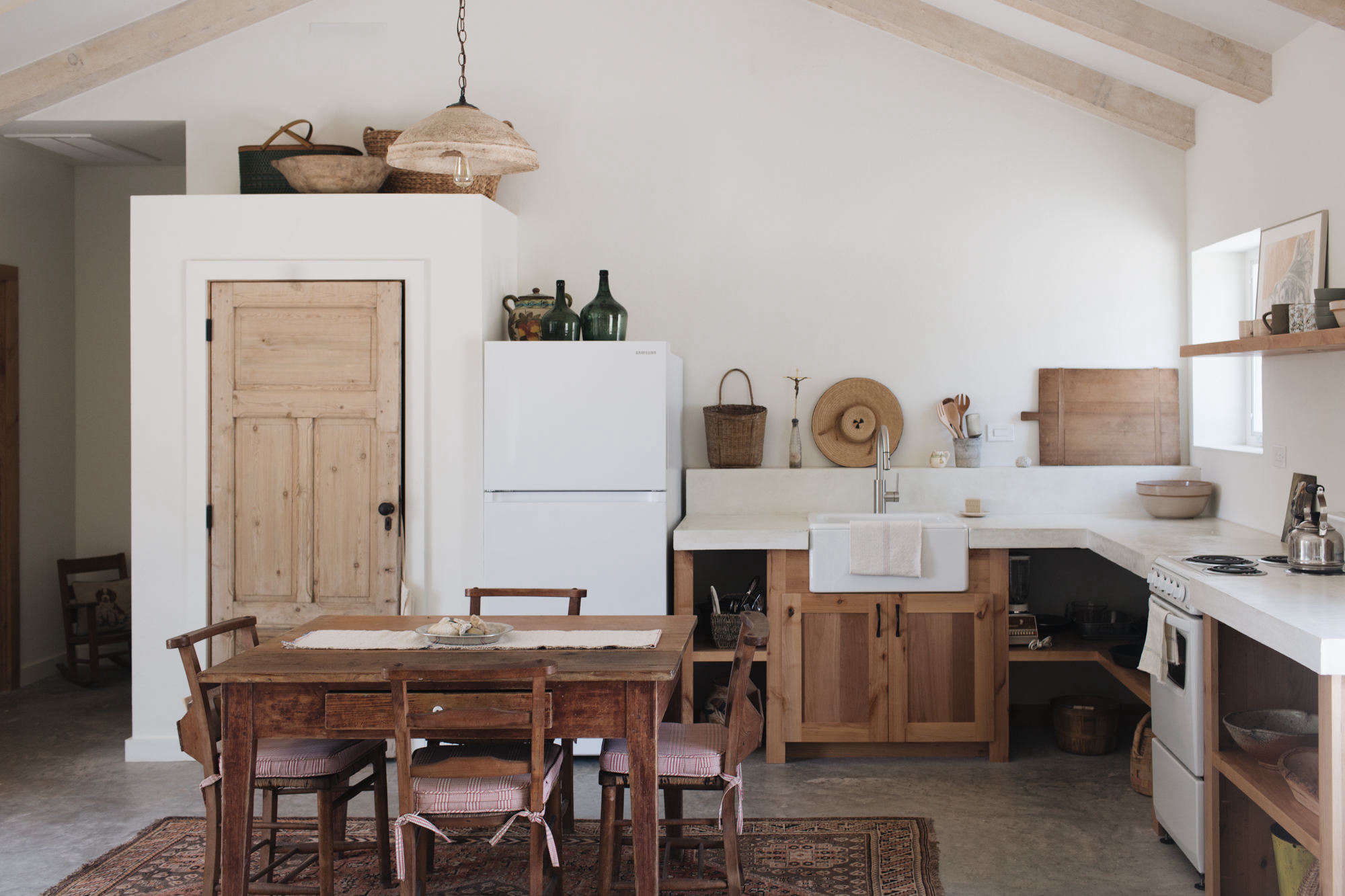
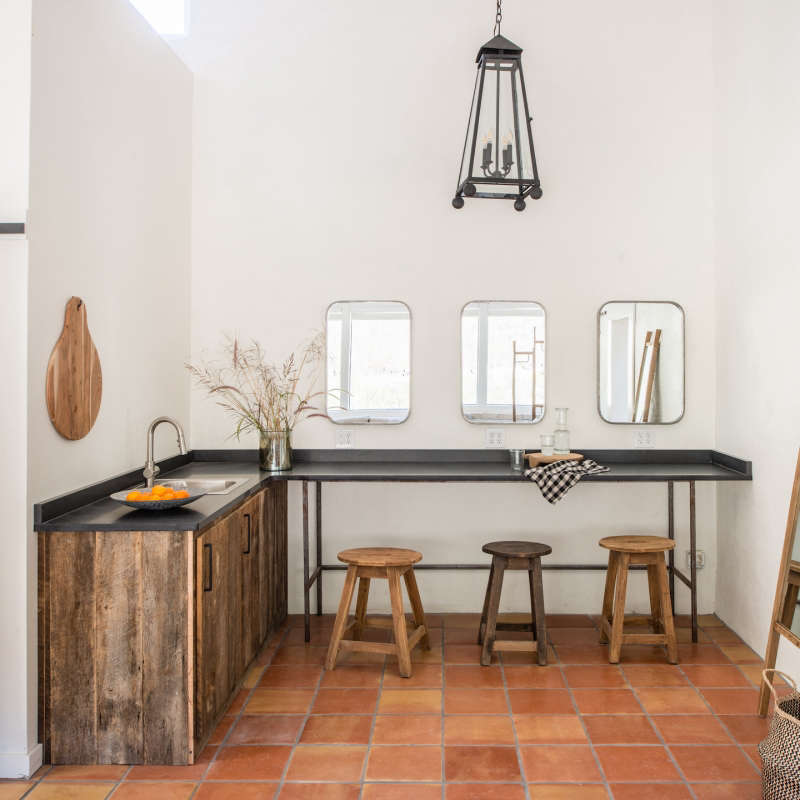
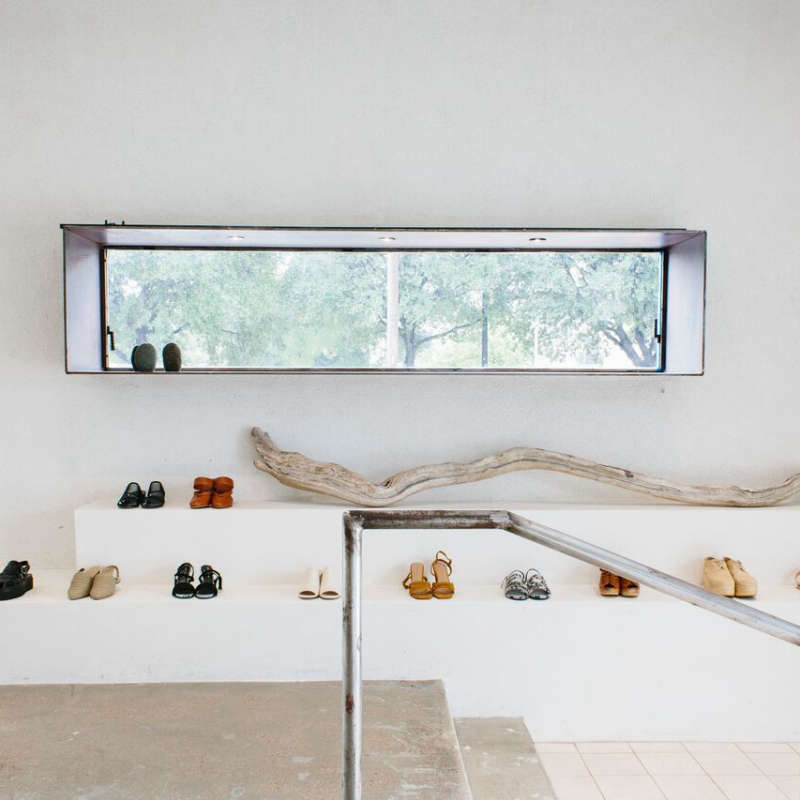

Have a Question or Comment About This Post?
Join the conversation (10)